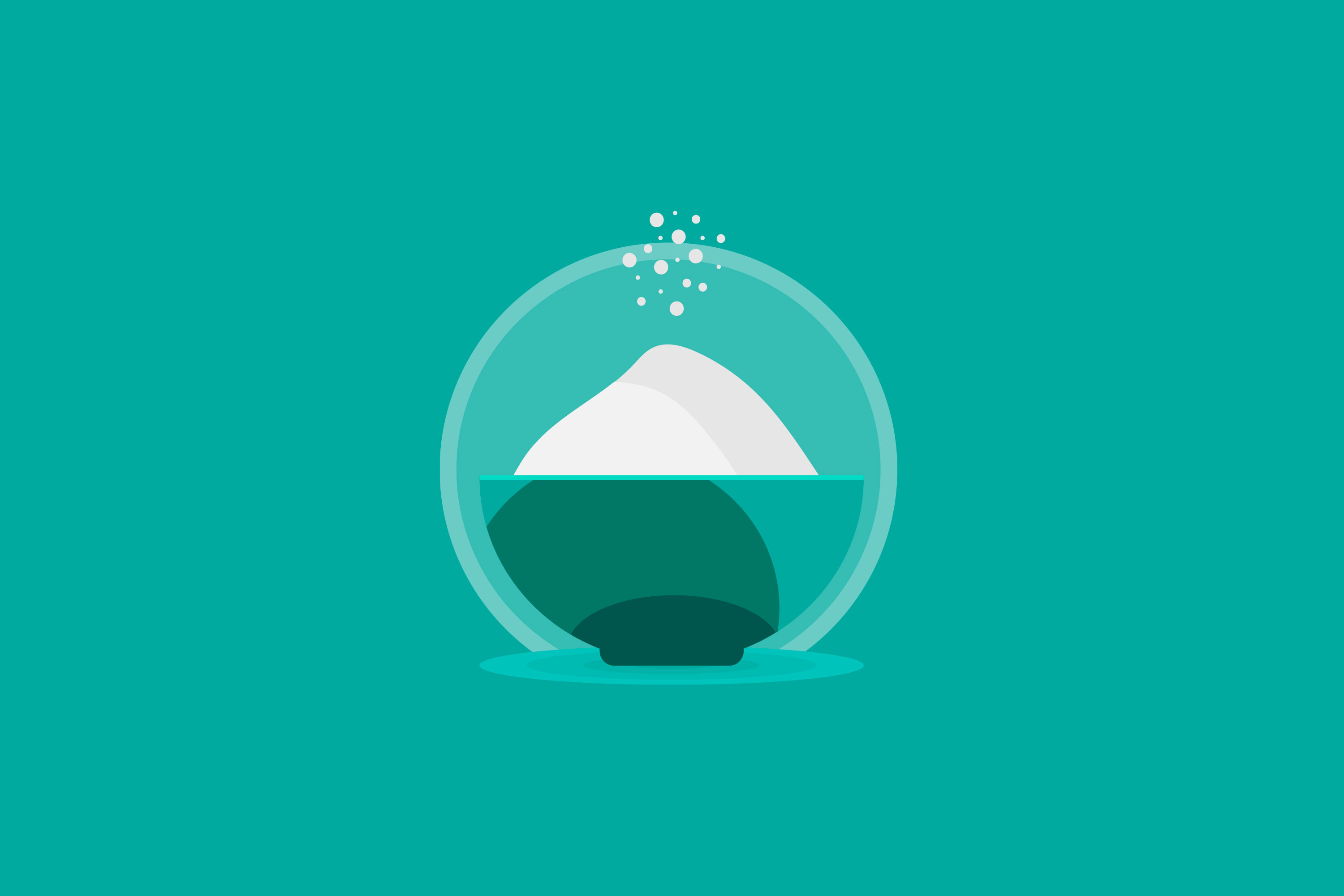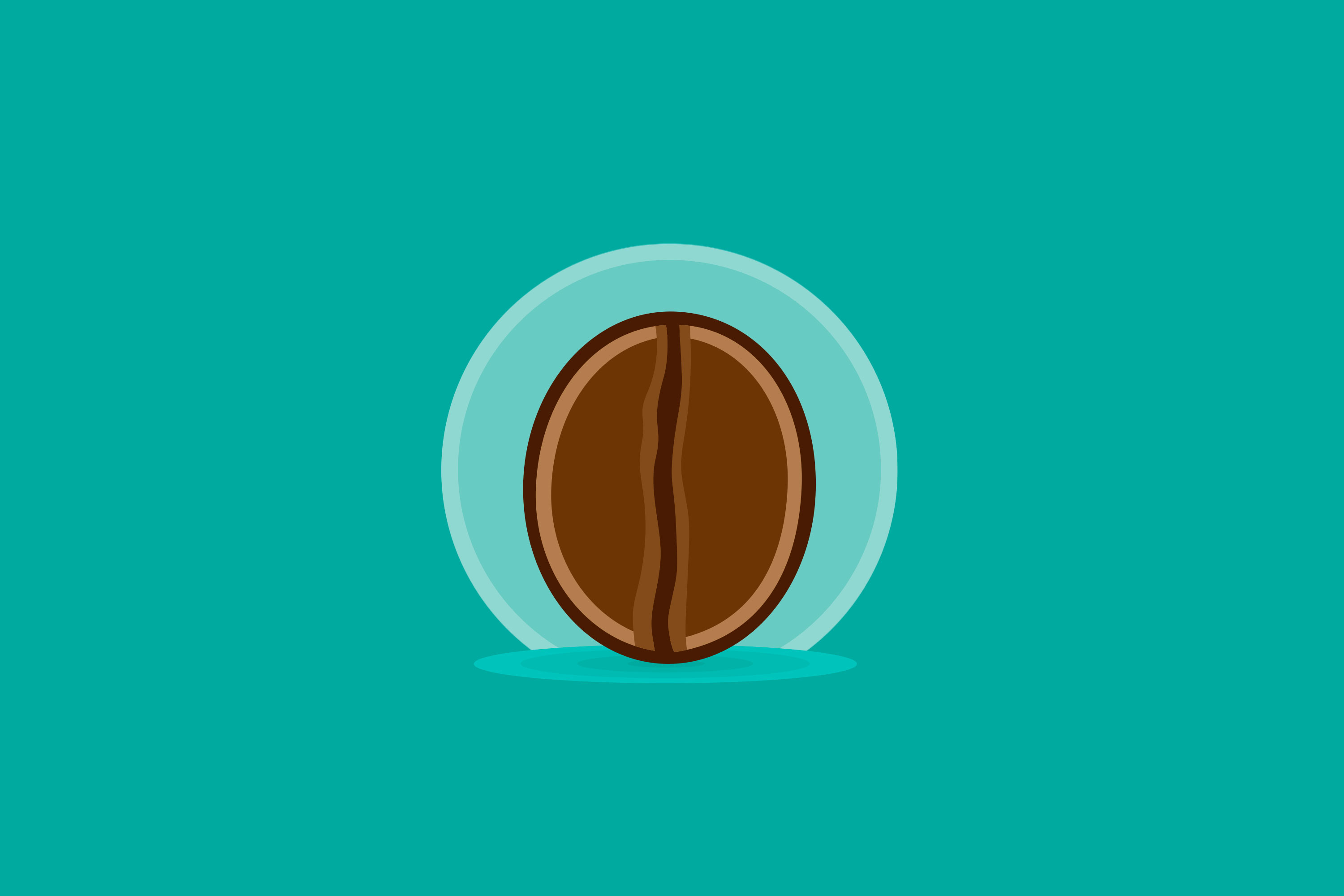3 nutritional strategies to maximise your race performance
Have you ever considered nutritional ‘loading’? Maybe you should, as the three suggestions here are all designed to optimise your race performance…

The races provide the perfect platform on which to fine-tune your performance with a series of simple but speedy additions to your triathlon strategy.
And while there are myriad ways to become a faster and more efficient triathlete, you should also consider some nutritional ‘loading’. Here are our top three, including their benefits and protocols…
Strategy 1: Sodium bicarbonate loading

Benefit
Sodium bicarbonate (baking soda) loading is a popular fuelling strategy prior to sprint-distance triathlon, the theory being that as baking soda’s an alkaline, it raises the pH of blood. Why’s this important?
At this distance, you’re generating huge amounts of energy anaerobically, which increases the blood’s acidity.
The bicarbonate, however, buffers out this acidity so you can dig that bit deeper into your reserves, meaning you can go faster for longer.
Protocol
Studies show that the optimal dose is about 0.3g per kg bodyweight. That means for a 70kg athlete, you’re looking at 24g. You can weigh out the sodium bicarb before, mixing with water, or consume capsules.
Just be warned that empirical and anecdotal evidence suggests sodium bicarbonate can lead to gastro distress for some athletes. Timing-wise, traditionally it was advised to take the bicarb 2-3hrs before your race or session.
However, a study by Andy Sparks of Edge Hill University showed that peaking time for some individuals comes after just 75mins. Play around with this in training – and ensure a toliet’s close by.
Strategy 2: Nitrate loading

Benefit
Beetroots have been mooted as a wonder vegetable for a fair few years now, though the actual star is nitrates. Beetroot’s just the vehicle to deliver nitrates, but other nitrate-rich sources are leafy greens like kale, chard and spinach.
Why are nitrates so influential? The idea is that, when digested, nitrates within, say, the beetroot flow into a biochemical pathway in the body that converts them to nitric oxide, which helps with bloodflow and lowers blood pressure.
Numerous studies have shown this boosts performance including a study by Katherine Lansley at Exeter University, who showed that subjects drinking beetroot juice for six days extended their treadmill run-to-exhaustion time by 15%.
Protocol
Beet-It is a popular nitrate supplement with each 70ml shot featuring 400mg of dietary nitrate. It’s more palatable than you think and should be taken around 3hrs before competition to allow time for the myriad reactions to take place.
One caveat: avoid anti-bacterial mouthwash as this has been shown to kill the bacteria that play a pivotal role in the conversion process.
Strategy 3: Caffeine loading

Benefit
Caffeine’s the most studied and arguably most effective (legal) drug in triathlon. Its key benefit is reducing perception of effort by playing around with neurotransmitters in the brain.
It’s also been mooted to burn more fat for energy, improve decision making and increasing muscle power.
Protocol
So how much caffeine do you need to enjoy these benefits? Well, you’re looking at around 3-4mg of caffeine per kilogramme body mass, which equates to around 210-280mg of caffeine for a 70kg rider.
Starbuck’s own brewed coffee comes in at 20.6mg of caffeine per fluid ounce so over 240mg for a 12oz cup.
Consume about an hour before racing and then top up with a caffeine gel around 20mins before a difficult part of the course.
Top image credit: Getty Images
- Does caffeine affect male and female athletes differently?
- How long does caffeine stay in the body, and for how long do you feel its affects?
- How to use caffeine to improve your athletic performance
- When should you take caffeine during a triathlon?
- Tea versus coffee: health benefits of each
- Top 8 sports supplements for triathletes




